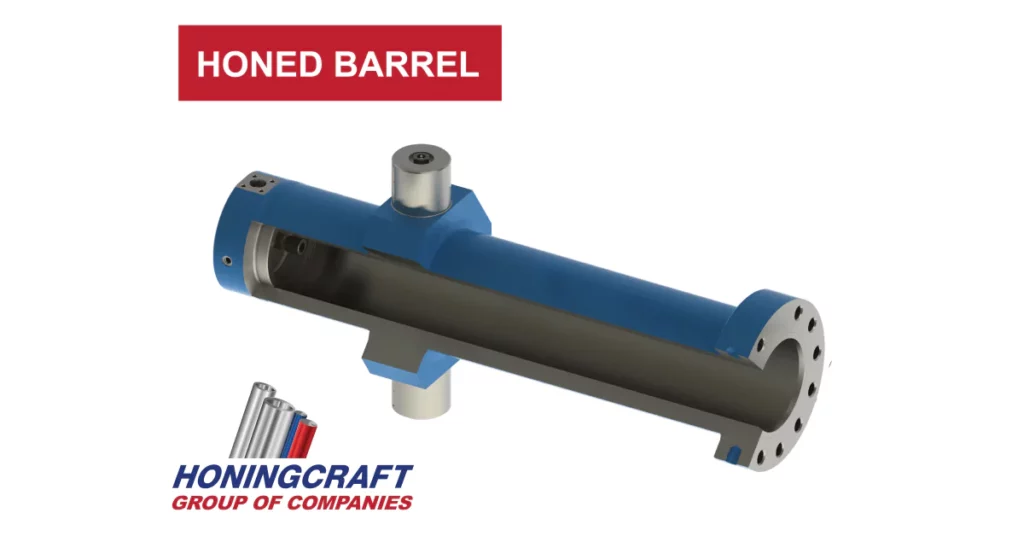what is induction hardening?
Induction hardening is a non-contact process used for the surface hardening of steel and other alloys. The parts to be treated are placed inside a copper coil and heated above their transformation temperature by applying an alternating current to the coil. The metal is then quenched to retain the enhanced properties of the metal alloy. During this process, the metal core remains unaffected and its physical properties remain the same. The surface hardness, however, is significantly enhanced.
The benefits of induction hardening are numerous. Let’s take a closer look at what induction hardening does to steel.
Induction hardening improves the strength of steel
As the name suggests, induction hardening increases the hardness of the metal – in this case, steel. The hardness of the steel is directly proportional to the uniaxial yield stress at the location of the imposed strain. This means that the steel is much stronger at the hardened point and has a higher resistance to deformation. In other words, when stress is applied, hardened steel will remain strong and will not bend.
Hardened steel also offers excellent resistance to severe sliding abrasion and is able to withstand drilling and punching. This is why hardened steel can be used in extremely tough environments such as transportation, energy generation and general mechanical engineering.
Induction hardening can be used selectively
Not only is hardened steel strong, but it can also be hardened selectively and in a localised area. Selective hardening ensures strength where strength is needed and ensures that the properties of the whole are not affected.
Maintaining a sharp edge
This selective hardening mentioned above is also useful in selectively treating the cutting edge of tools. The cutting edge is after all the most important part of the tool and with localised induction hardening, the edge can be strengthened and finished to perfection.
Improving wear and tear of steel
The process of induction hardening maintains the core and strengthens the surface. This combination of tough core with tensile residual stresses and a hard surface layer with compressive stress, is effective in extending the component’s fatigue life and wear resistance.
Fatigue refers to tiny cracks in a material due to cyclic loading. Wear resistance is the gradual removal or deterioration of material at solid surfaces. Both of these – fatigue and wear resistance – are reduced through induction hardening. This adds up to longer component lifespan and as a result, reduced replacement and maintenance costs.
Ensuring rust resistant steel
Hardened steel is resistant to corrosive chemical environments, potable water and atmospheric corrosion. This is a huge benefit especially when we consider the cost of corrosion to industry each year.
Induction hardening is a fast process
The process of induction hardening is a relatively fast one. There is no holding time required for example. As a result, the production rate is higher. This is yet another significant benefit.
Induction hardening makes long work pieces possible
Induction hardening can be used on both small and large items. Even long pieces such as axles can be processed.
Why not use induction hardening in all applications?
Considering that induction hardening has so many benefits, why don’t we use it in all applications? Here, we need to recognise the importance of using strength where it is needed. By making informed choices, we can drive down costs.
Another point to remember is that hardened pieces are, design, more difficult to cut. Bulk breaking or cutting induction hardened pieces to size is done with an angle grinder.
Mounting different pieces together needs to be done well to ensure elegant mechanical connections.
conclusion
Induction hardening means that the steel becomes a veritable powerhouse. It’s no wonder that it’s used for massive earth moving tools – power shovels, steel balls, hydraulic cylinder shafts, piston rods, crushers and plates for rock-processing. It’s also clear why it is used for our most precise tools like surgical instruments and mechanical parts like gears and springs.
Induction hardening at Honingcraft
At Honingcraft, we source and manufacture only the best CK45 chrome bars. Our chromium-plated steel bars are available as Chrome Shaft or Induction Hard Chrome Shaft bars. Use induction hardened chrome bar when cylinder rods will be exposed to linear force, sliding wear or damage from impact.
Characteristics of our Induction Hard Chrome Shaft include:
- Extremely smooth surface finish
- Excellent wear and corrosion resistance
- An induction hardened case offering greater strength and resistance to mechanical damage
- Core strength
We stock all popular sizes in the metric and imperial ranges. Our standard product range includes bars 6 mm through to 127 mm and up to 6 m in length. 130 mm to 350 mm bars are available on request. You can view the Chrome Bar datasheet for the full list of sizes we stock.
We make sure our products arrive at their destination in factory-finished condition by taking care over our packaging. Our chromed shafts for example are wrapped in 1 mm thick plastic to protect against impact during delivery.
Please contact Honingcraft to confirm price and availability. We look forward to providing you with our quality products and excellent service.











